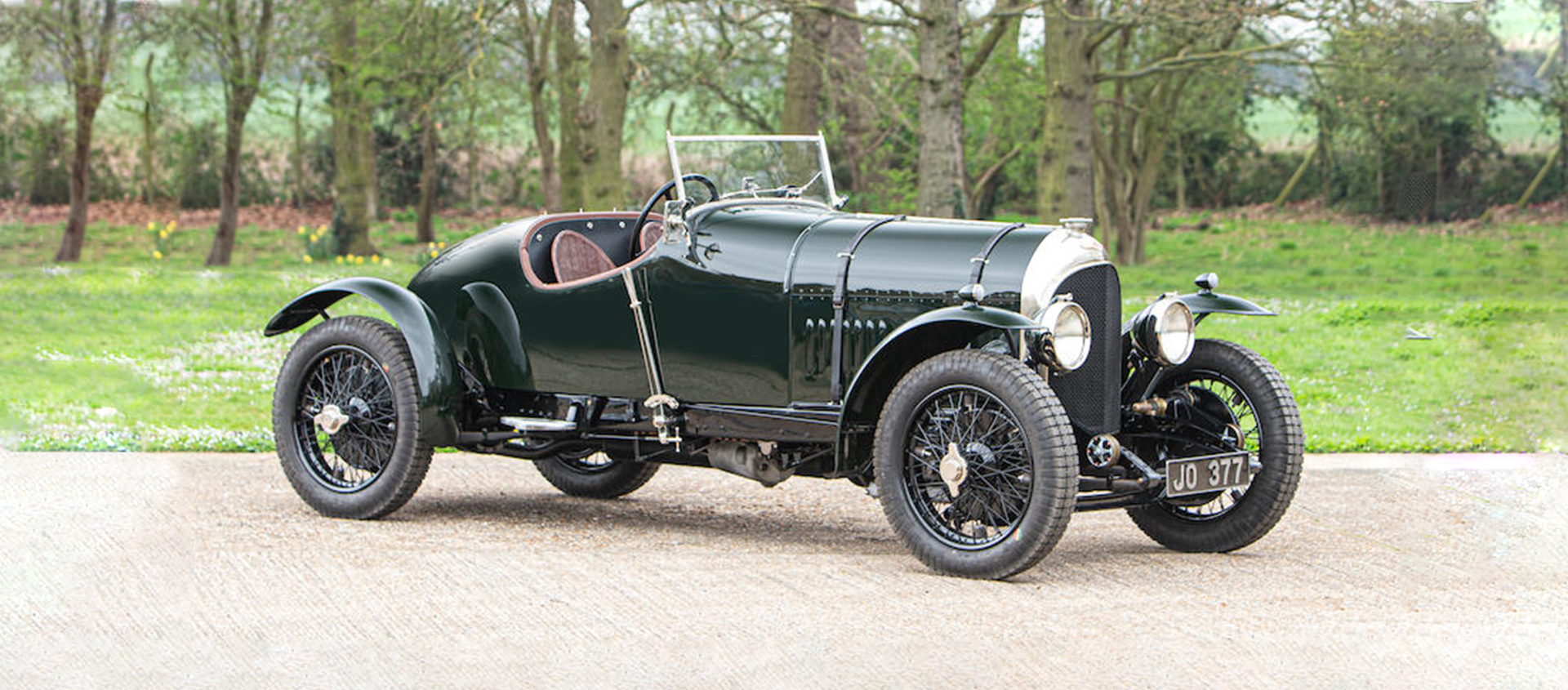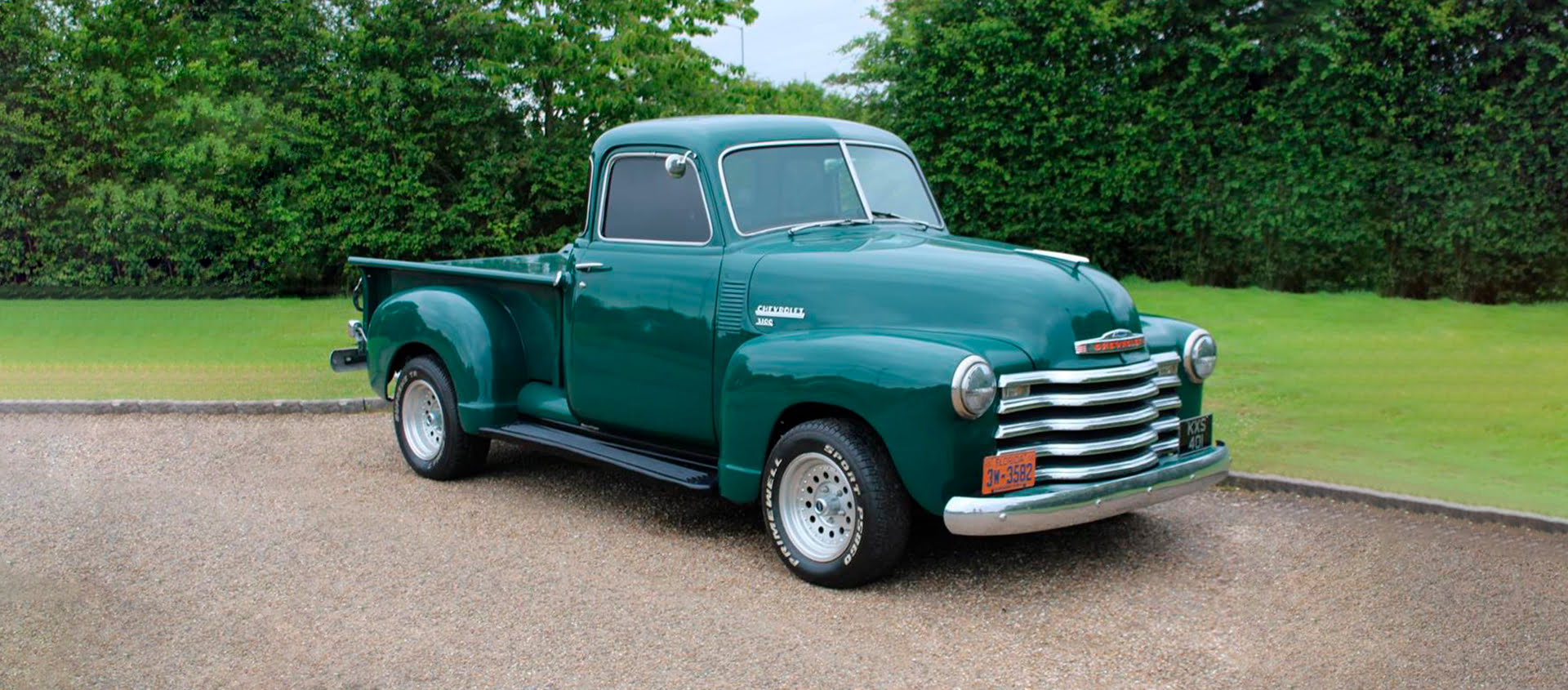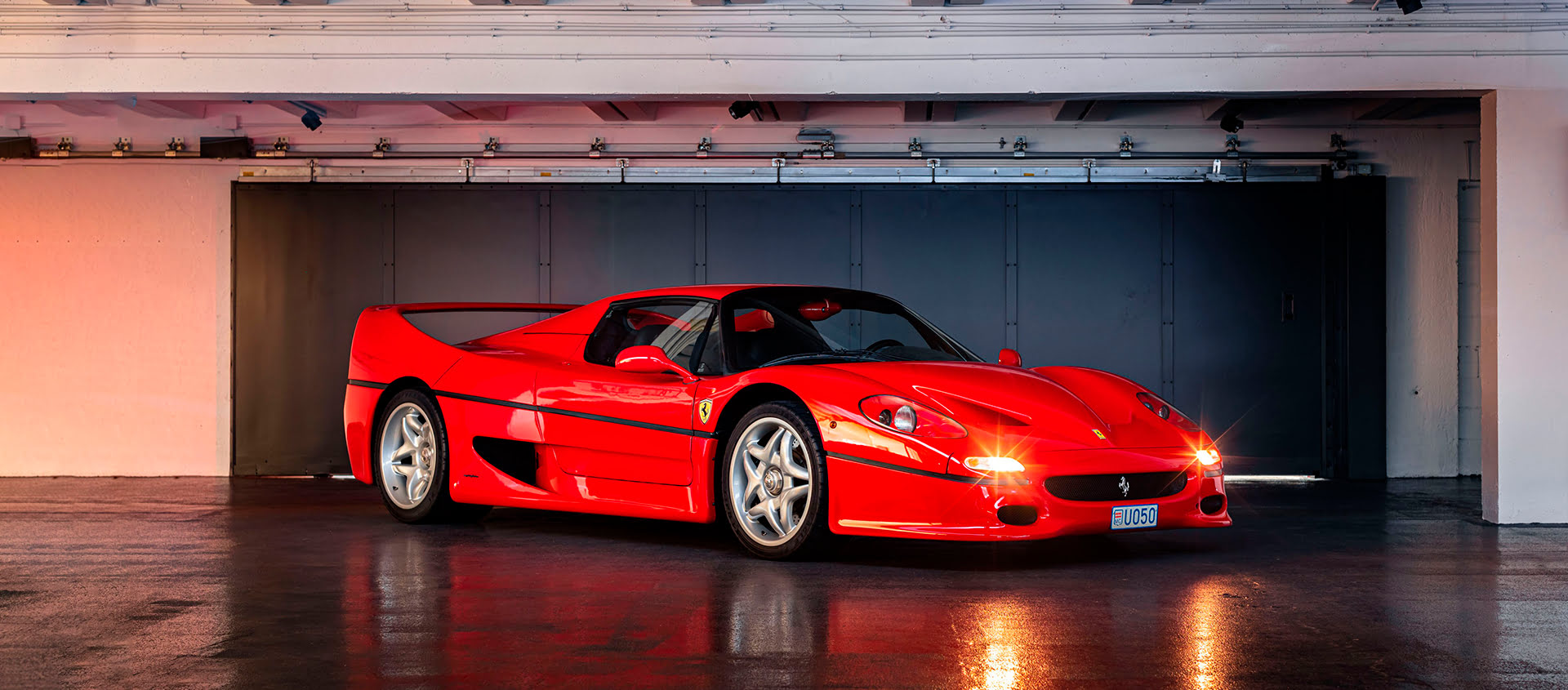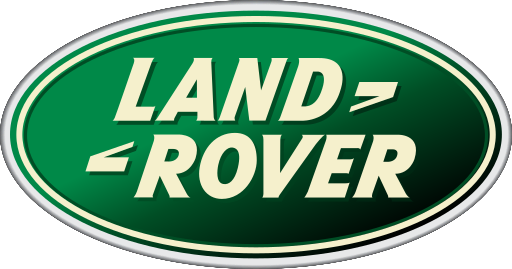The Range Rover or, to many, “the Queen”
03 July 2020 1 min read 10 images
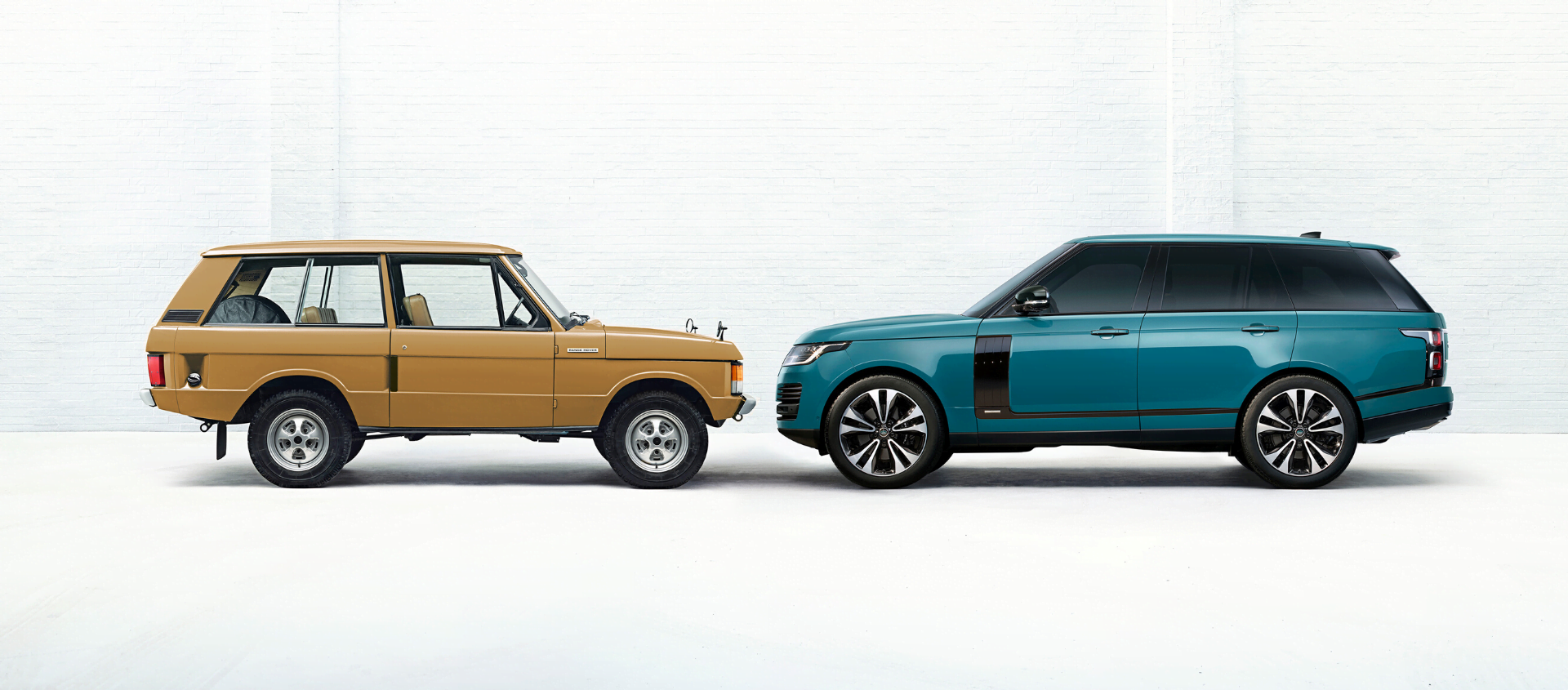
A practical idea: that of building a work vehicle ideal for the immediate post-WWII years; a brilliant insight: the idea of transforming a work car into one suitable to be used every day in numerous ways; a long pause for thought during the 1950s (even though, essentially, the model was ready); development of the idea in the 1960s, following the emergence of competition from others who, in the meantime, had seen the need for a multipurpose vehicle suited to all terrains. And finally, in 1970, the birth of the Land Rover.
Register to unlock this article
Signing up is free and gives you access to hundreds of articles and additional benefits. See what’s included in your free membership. See what's included in your free membership.
Already have an account? Log In
